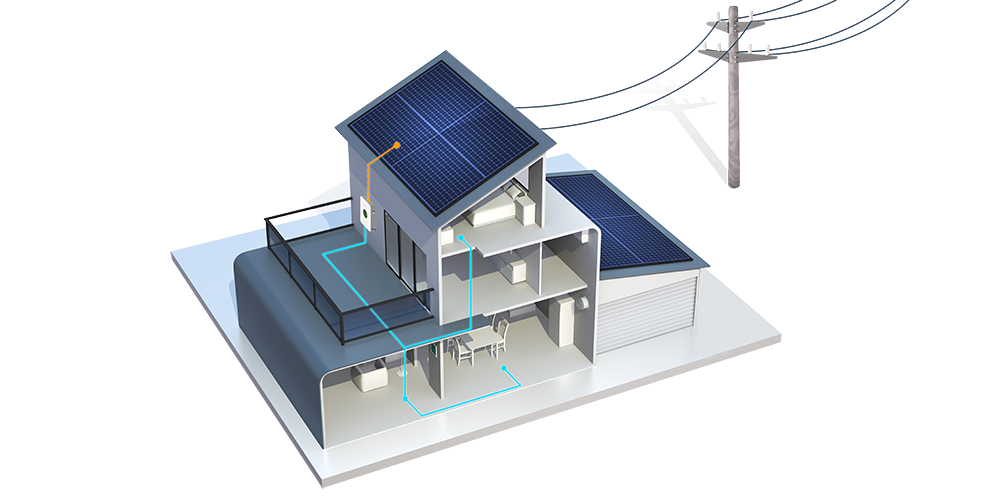
Building a battery backup system can be a complex task, but here are the basic steps you would need to follow:
Materials Needed:
- Deep-cycle batteries
- Inverter
- Battery charger
- Transfer switch
- Battery box
- Cables
- Fuses
- Tools for installation
Steps:
- Decide on the Size of Your System: This depends on what appliances or devices you want to run and for how long during a power outage. You’ll need to calculate their wattage requirements (both starting and running) and the total time they’ll be used.
- Choose Your Batteries: The most common type for backup systems are deep-cycle batteries. The capacity needed will depend on the total load and how long you need power.
- Choose an Inverter: The inverter will convert the DC power from the batteries into AC power for your appliances. Its capacity should be chosen based on the total wattage of appliances you’ll be running.
- Battery Charger: This will recharge your batteries when grid power is available. Its capacity should be chosen based on the capacity of your battery bank.
- Automatic Transfer Switch: This switch will detect when grid power is lost and automatically switch your system to battery backup.
- Install the Batteries in a Battery Box: This is to keep them safe and secure. The box should be in a cool and well-ventilated area.
- Connect the Batteries to the Inverter: Use cables to connect the battery bank to the inverter. Make sure to match the voltage of your battery bank with the input voltage of your inverter.
- Connect the Battery Charger: Connect the charger to the battery bank and to a power source.
- Install the Transfer Switch: This should be connected to the main power supply and the inverter.
- Test the System: Once everything is connected, test the system to make sure it works properly.
Remember, working with electricity can be dangerous. If you’re not comfortable with any of these steps, consider hiring a professional. Always follow local codes and regulations for electrical installations.




